Home>Storage & Organization>Kitchen Organizing Tools>How To Organize A Kitchen Cabinet
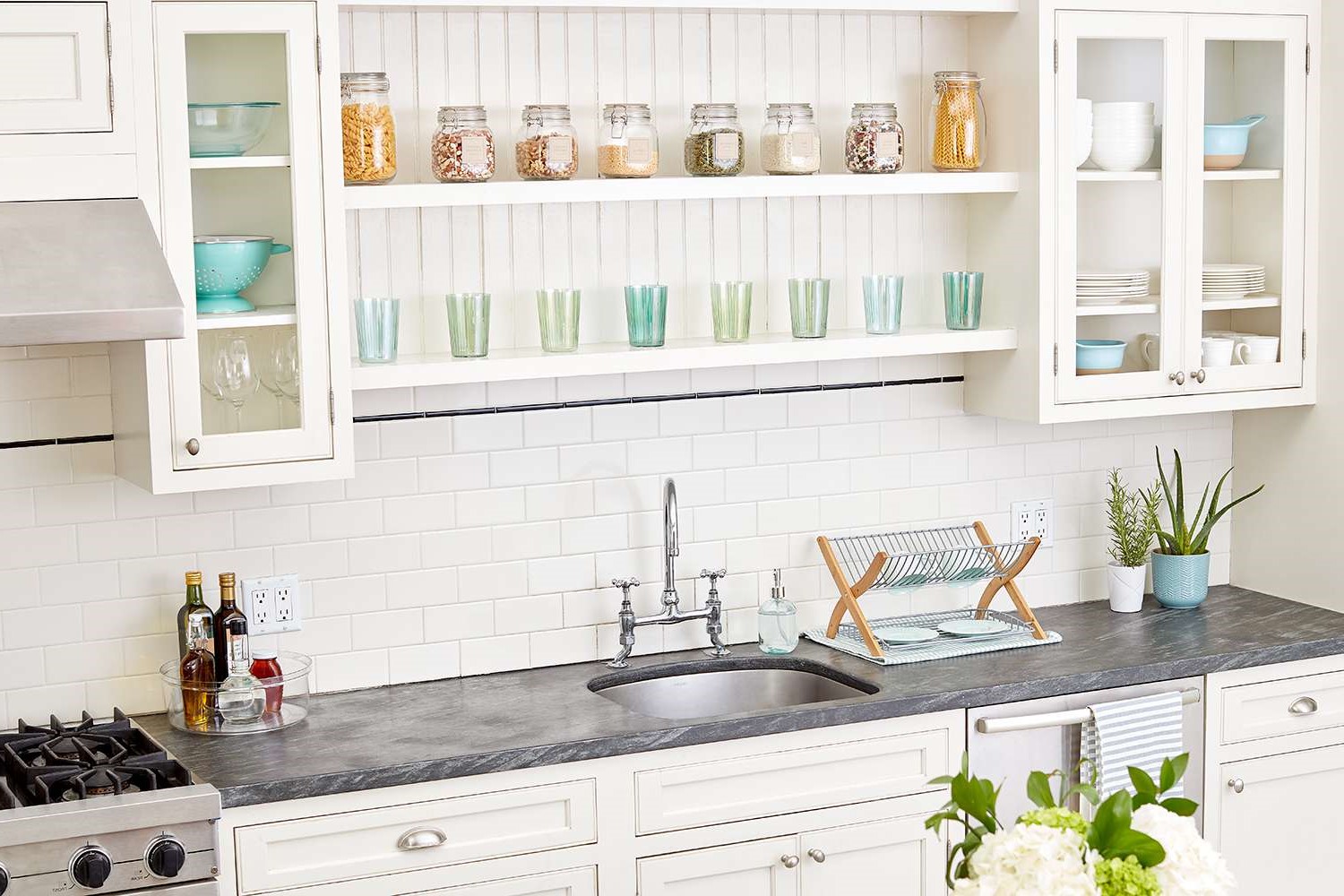

Kitchen Organizing Tools
How To Organize A Kitchen Cabinet
Modified: October 28, 2024
Discover the best kitchen organizing tools and tips to efficiently organize your kitchen cabinet. Create a clutter-free and functional space with our expert advice.
(Many of the links in this article redirect to a specific reviewed product. Your purchase of these products through affiliate links helps to generate commission for Storables.com, at no extra cost. Learn more)
Planning Your Kitchen Cabinet Layout
When it comes to organizing your kitchen cabinet, the first step is to plan the layout. This involves taking a good look at your kitchen space and identifying the best way to utilize it for storage. Consider the size and shape of your cabinets, as well as the items you need to store. Start by measuring the dimensions of your cabinets and taking note of any awkward corners or spaces. This will help you determine the best storage solutions for your specific needs.
Next, think about the functionality of your kitchen. Do you need easy access to certain items while cooking? Are there items that are used less frequently and can be stored in harder-to-reach areas? By considering these factors, you can plan a layout that makes the most sense for your daily routine. Additionally, take into account any existing shelving or drawers and how they can be optimized for better organization.
Once you have a clear understanding of your kitchen space and storage needs, it's time to create a layout plan. This can be as simple as sketching out a rough diagram of your cabinets and noting where you want to store specific items. You can also use online tools or apps to help visualize different layout options. Remember to keep in mind the principle of efficiency – placing frequently used items in easily accessible areas and grouping similar items together.
Finally, consider any additional storage solutions that can help maximize your cabinet space. This could include adding shelving inserts, drawer dividers, or hanging racks. By carefully planning your kitchen cabinet layout, you can set the stage for a well-organized and efficient cooking space.
Key Takeaways:
- Plan your kitchen cabinet layout by considering functionality, efficiency, and additional storage solutions. This sets the stage for a well-organized and efficient cooking space.
- Declutter, sort, and choose the right storage solutions for your kitchen cabinet to create a functional and organized cooking environment. Arranging items for easy access and maintaining the organization are key to a stress-free cooking experience.
Decluttering and Sorting Your Kitchen Items
Decluttering and sorting your kitchen items is a crucial step in organizing your kitchen cabinet. Start by taking everything out of your cabinets and laying them out on the counter. This will give you a clear view of all your items and allow you to assess what you have. As you go through each item, ask yourself if it is something you use regularly. If you have items that are broken, expired, or no longer needed, it's time to let them go. Decluttering is about being honest with yourself and only keeping the items that serve a purpose in your kitchen.
Once you have decluttered your items, it's time to sort them into categories. Group similar items together, such as pots and pans, dishes, utensils, and food items. This will make it easier to see how much of each category you have and how best to store them in your cabinets. Sorting your items will also help you identify any duplicates or items that can be stored together for convenience.
As you sort through your items, consider the frequency of use for each item. Items that are used daily should be easily accessible, while those used less frequently can be stored in higher or lower cabinets. This will help you prioritize the placement of your items in the cabinets and ensure that the most-used items are within reach.
Additionally, consider the condition of your items. Are there any items that need repair or maintenance? Take this opportunity to address any damaged items before returning them to the cabinets. Sorting through your kitchen items not only helps with organization but also gives you a chance to assess the condition of your kitchenware.
By decluttering and sorting your kitchen items, you are setting the stage for a more organized and efficient kitchen cabinet. This process allows you to take stock of what you have, prioritize your items, and create a clear plan for how to store them in your cabinets.
Choosing the Right Storage Solutions
When it comes to organizing your kitchen cabinet, choosing the right storage solutions is essential for maximizing space and efficiency. There are various storage solutions available, each designed to address specific organizational needs in the kitchen. Here are some options to consider:
-
Pull-Out Shelves: These shelves are a great solution for deep cabinets, as they allow you to easily access items at the back without having to rummage through the entire cabinet. Pull-out shelves come in various sizes and can be customized to fit your cabinet dimensions.
-
Drawer Dividers: For organizing utensils, cutlery, and small kitchen gadgets, drawer dividers are a practical solution. They help keep items separated and prevent clutter, making it easier to find what you need when cooking.
-
Lazy Susans: Lazy Susans are rotating trays that are ideal for corner cabinets. They maximize storage space and provide easy access to items that would otherwise be difficult to reach in the back of the cabinet.
-
Over-the-Door Organizers: These organizers are perfect for utilizing the space behind cabinet doors. They can hold anything from spices and cleaning supplies to cutting boards and kitchen towels, keeping these items easily accessible yet out of the way.
-
Stackable Bins and Baskets: Stackable bins and baskets are versatile storage solutions that can be used to group and contain various items. They are especially useful for organizing snacks, canned goods, and smaller kitchen essentials.
-
Tension Rods: Tension rods can be installed vertically in cabinets to create dividers for baking sheets, cutting boards, and trays. This simple solution keeps these items upright and organized, making them easy to grab when needed.
-
Under-Shelf Baskets: These baskets are designed to hang under shelves, creating additional storage space for items such as mugs, small bowls, or kitchen linens. They are a great way to maximize vertical space in your cabinets.
When choosing the right storage solutions for your kitchen cabinet, consider the specific needs of your space and the items you need to store. By incorporating a combination of these solutions, you can create a well-organized and functional kitchen cabinet that makes cooking and meal preparation a breeze.
Use shelf risers to maximize vertical space in your kitchen cabinet. This will help you store more items and keep your cabinet organized.
Arranging Your Kitchen Items for Easy Access
Arranging your kitchen items for easy access is the key to a well-organized and efficient cooking space. Once you have decluttered, sorted, and chosen the right storage solutions for your kitchen cabinet, it's time to arrange your items in a way that makes them easily accessible when cooking and preparing meals. Here are some tips for arranging your kitchen items for easy access:
-
Prioritize Frequently Used Items: Place items that you use on a daily basis in the most accessible areas of your cabinets. This could include pots, pans, cooking utensils, and commonly used ingredients. By keeping these items within reach, you can streamline your cooking process and minimize the time spent searching for what you need.
-
Group Similar Items Together: Organize your kitchen items by category to make it easier to locate what you need. For example, store all your baking supplies together, group your spices in one area, and keep your cutting boards and knives in close proximity to the food preparation area. This grouping method helps create designated zones within your cabinets, making it simpler to find specific items.
-
Utilize Vertical Space: Make use of vertical space in your cabinets by incorporating shelf risers or stackable shelves. This allows you to create multiple levels for storing items such as dinnerware, mugs, or canned goods. By maximizing vertical space, you can prevent overcrowding and create a more organized cabinet layout.
-
Consider Accessibility for Different Users: If multiple people use the kitchen, consider the accessibility of items for everyone. Store commonly used items at a height that is convenient for all users, and designate specific areas for individual preferences. This ensures that everyone can easily access what they need without creating disarray in the cabinets.
-
Label Containers and Jars: For items stored in opaque containers or jars, such as spices, grains, or baking ingredients, consider labeling them. This simple step makes it effortless to identify the contents without having to open each container, saving time and reducing the likelihood of clutter.
-
Adjust Shelf Heights: Customize the shelf heights in your cabinets to accommodate the various sizes of your kitchen items. Taller items like pitchers or small appliances may require more vertical space, while shorter items such as cups or bowls can be stored on lower shelves. Adapting the shelf heights to fit your specific items ensures a more efficient use of cabinet space.
By arranging your kitchen items for easy access, you can create a functional and organized cabinet that enhances your cooking experience. This thoughtful approach to arranging your items not only saves time and effort but also contributes to a more enjoyable and stress-free cooking environment.
Maintaining Your Organized Kitchen Cabinet
Maintaining an organized kitchen cabinet is essential for sustaining a functional and efficient cooking space. Once you have invested time and effort into organizing your kitchen cabinet, it's important to establish habits that will help preserve its orderliness. Here are some practical tips for maintaining your organized kitchen cabinet:
-
Regular Cleaning and Inspection: Schedule regular cleaning sessions for your kitchen cabinet. Remove all items, wipe down the shelves, and inspect for any signs of wear or damage. This not only keeps your cabinet clean but also allows you to address any maintenance issues promptly.
-
Reassess and Rearrange: Periodically reassess the contents of your cabinet to ensure that it remains organized. As your cooking habits and needs evolve, you may find that certain items require a new placement or storage solution. Take the time to rearrange items as necessary to maintain an efficient layout.
-
Implement a "One In, One Out" Rule: To prevent clutter from accumulating, consider implementing a "one in, one out" rule. Each time you acquire a new kitchen item, whether it's a gadget, dish, or utensil, make a conscious effort to remove an item that you no longer use or need. This helps maintain a balanced and clutter-free cabinet.
-
Address Spills and Stains Promptly: Accidental spills and stains can occur inside your cabinet, especially with food items. It's important to address these promptly to prevent them from becoming ingrained and causing odors or damage. Regularly check for spills and stains, and clean them immediately to maintain a fresh and hygienic cabinet environment.
-
Utilize Labels and Organizational Tools: Labels and organizational tools can help sustain the organization of your cabinet. Ensure that containers, bins, and jars are labeled clearly to facilitate easy identification of contents. Additionally, continue to make use of storage solutions such as dividers, baskets, and racks to keep items in their designated places.
-
Encourage Family Members to Respect the Organization: If multiple individuals use the kitchen, encourage everyone to respect the organization of the cabinet. Communicate the importance of returning items to their designated spots after use and maintaining the overall order. By fostering a collective effort, you can uphold the organization of the cabinet.
-
Monitor Expiry Dates and Freshness: Regularly check the expiration dates of food items stored in your cabinet. Discard any expired products and ensure that perishable items are used before their expiration. This practice not only maintains a clutter-free cabinet but also promotes food safety and freshness.
By incorporating these maintenance practices into your routine, you can ensure that your organized kitchen cabinet remains a functional and enjoyable space for meal preparation. Consistent upkeep and attention to detail will help preserve the efficiency and orderliness of your cabinet, ultimately enhancing your overall kitchen experience.
Frequently Asked Questions about How To Organize A Kitchen Cabinet
Was this page helpful?
At Storables.com, we guarantee accurate and reliable information. Our content, validated by Expert Board Contributors, is crafted following stringent Editorial Policies. We're committed to providing you with well-researched, expert-backed insights for all your informational needs.

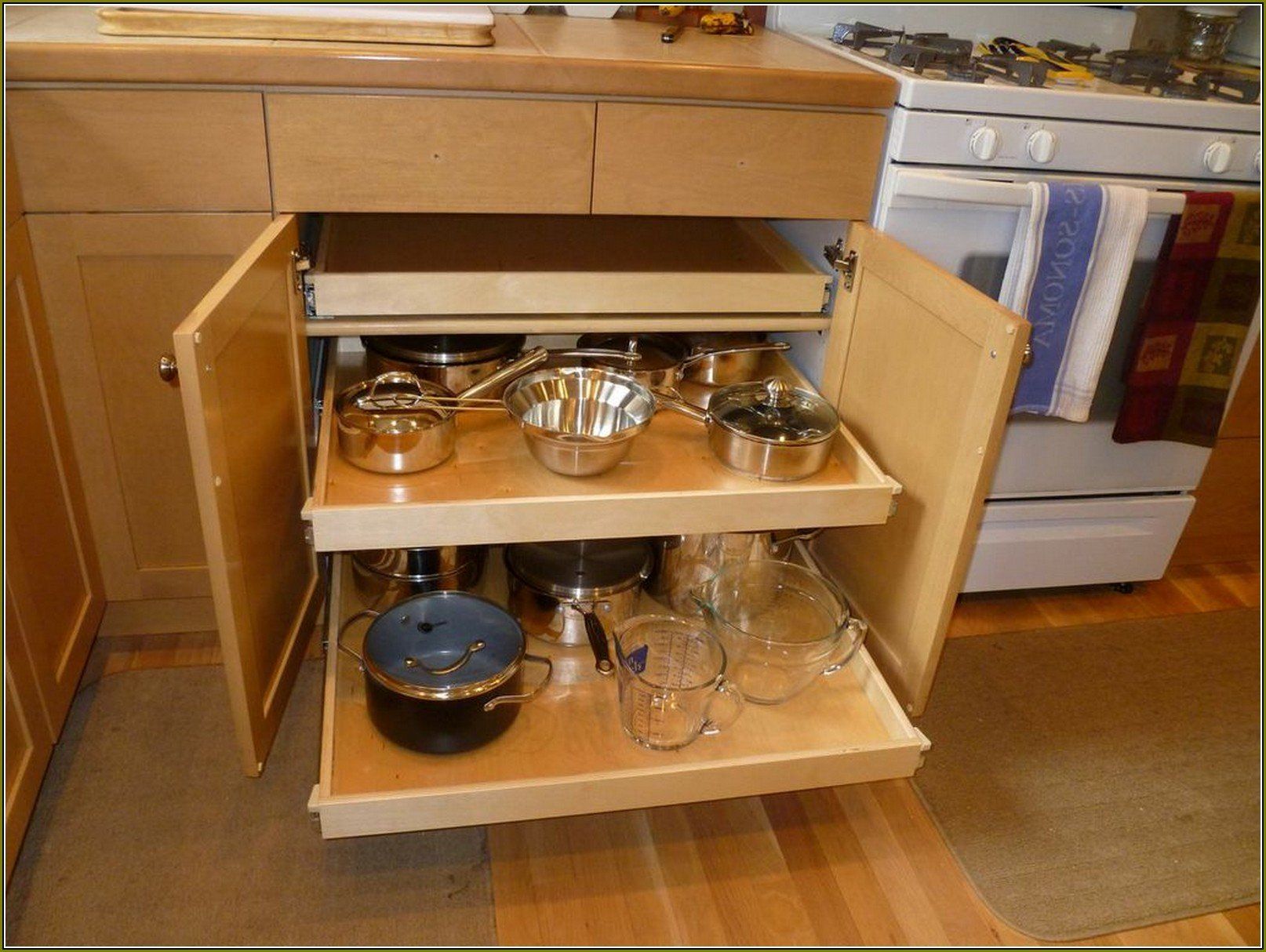
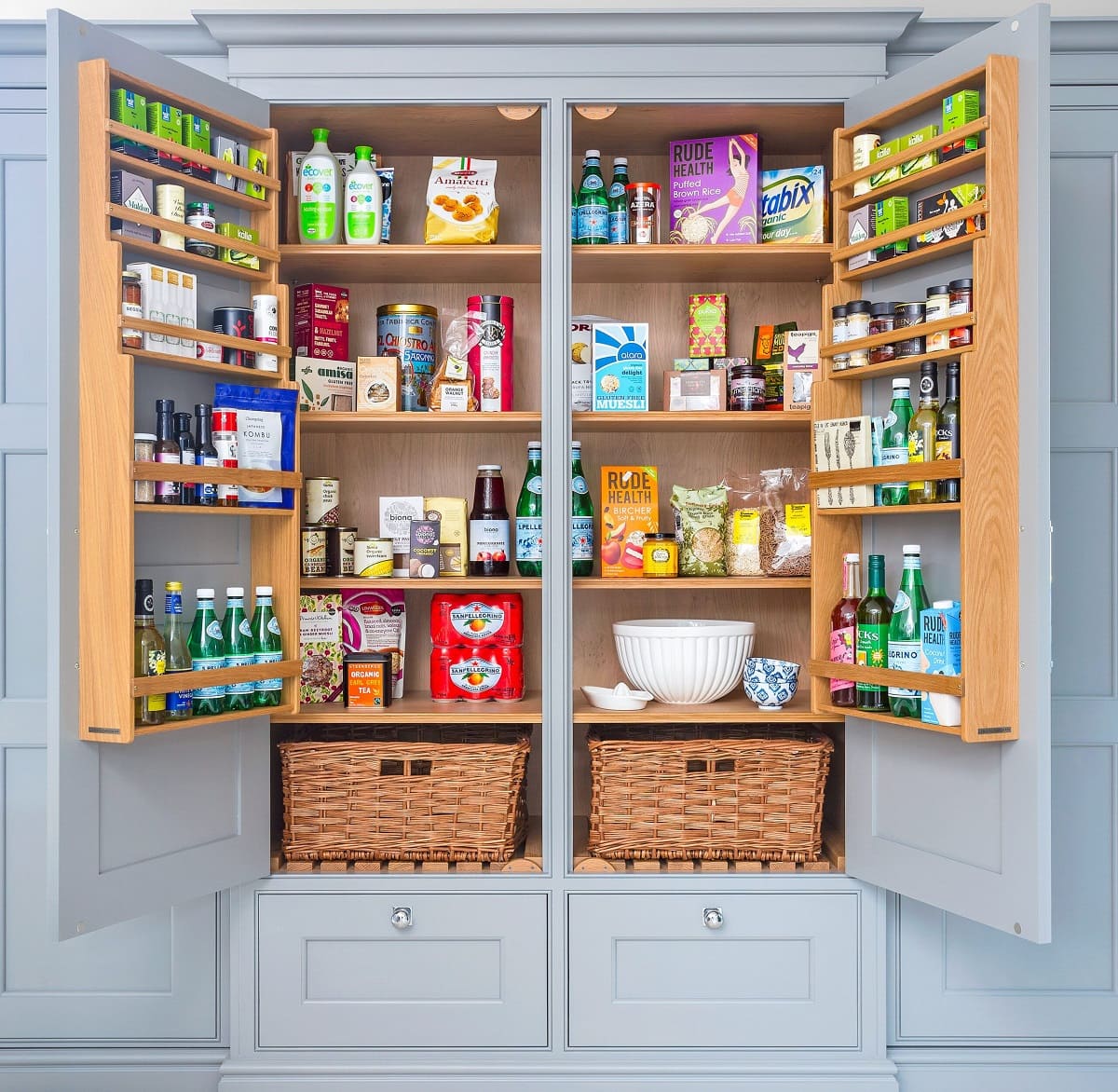
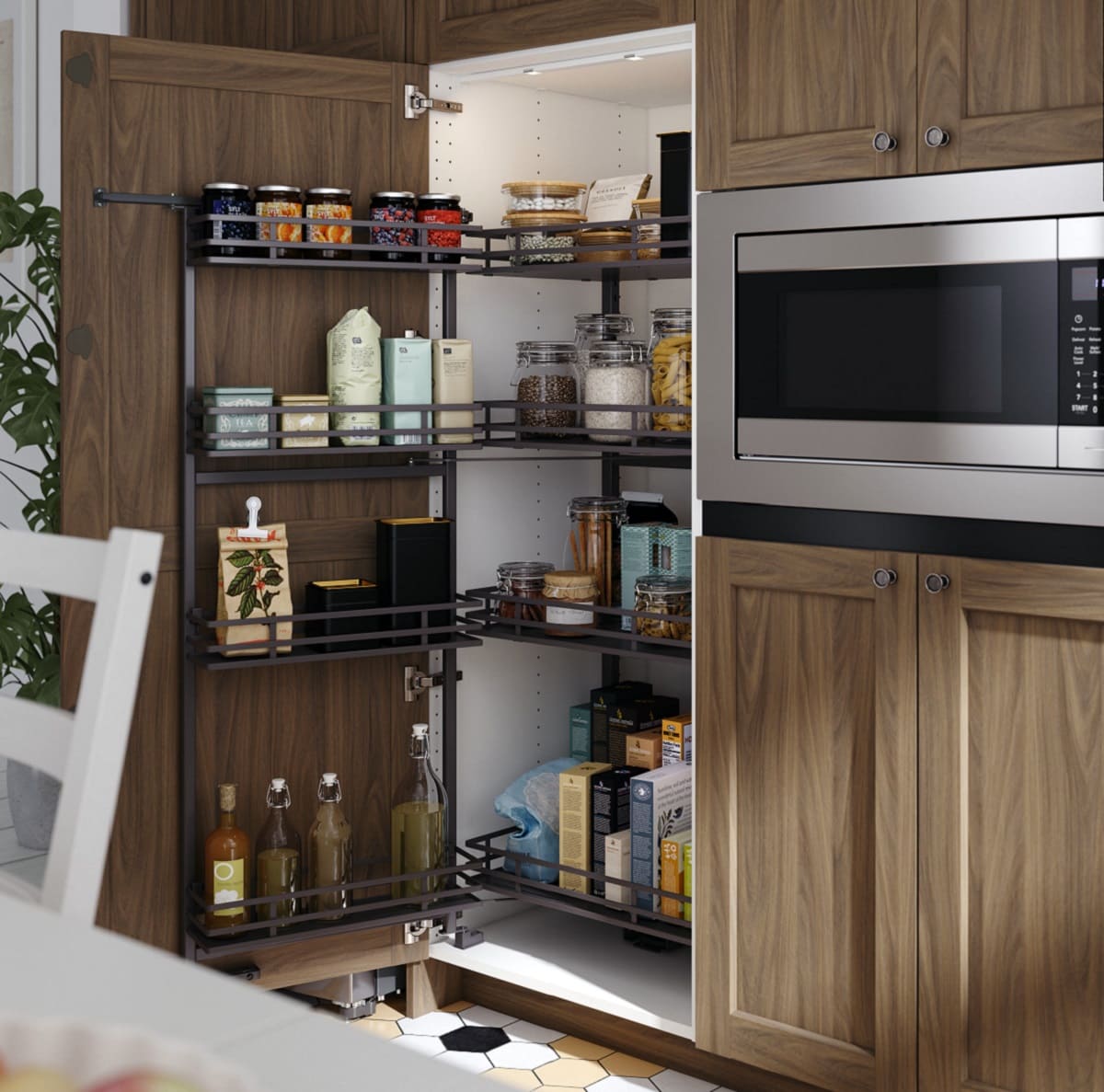
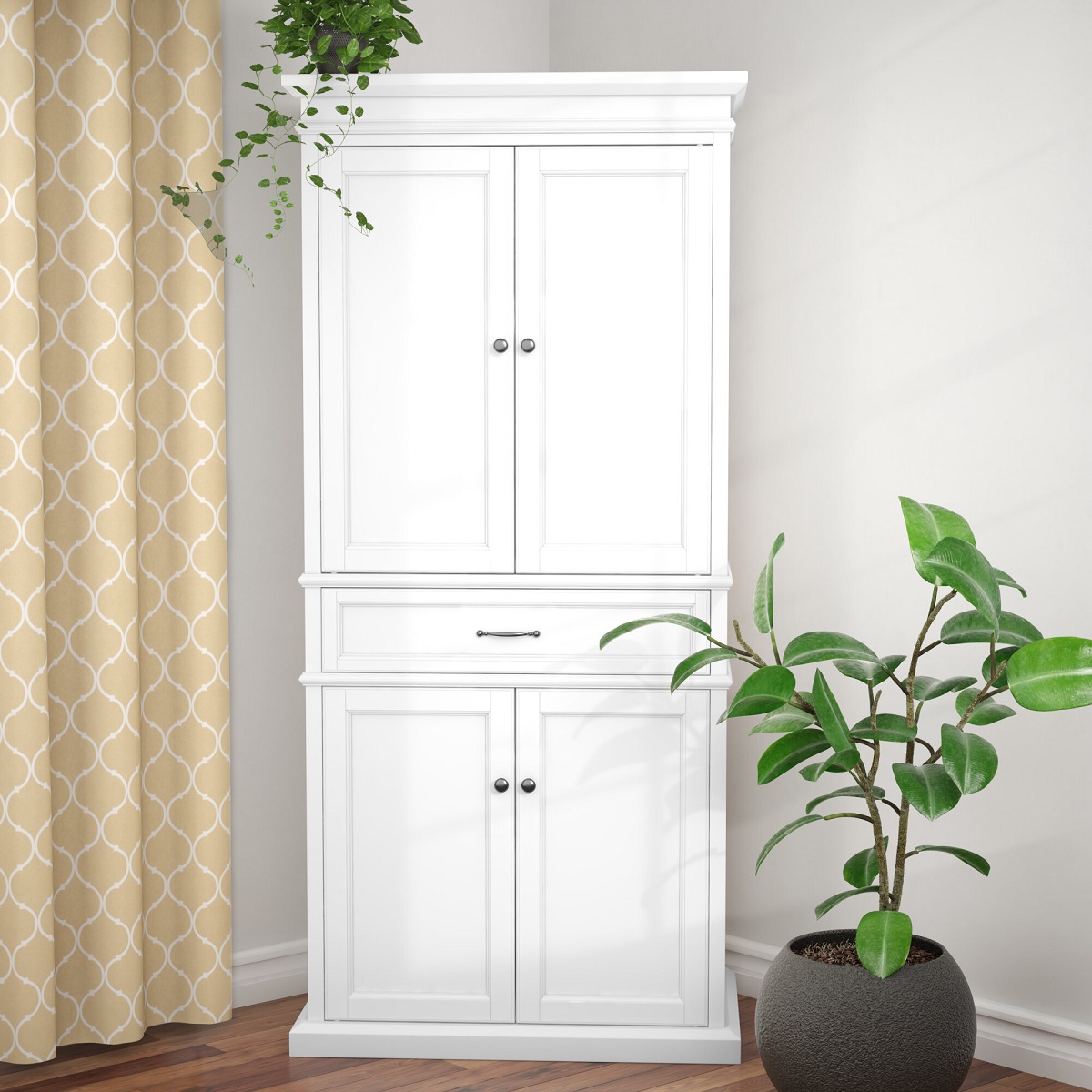
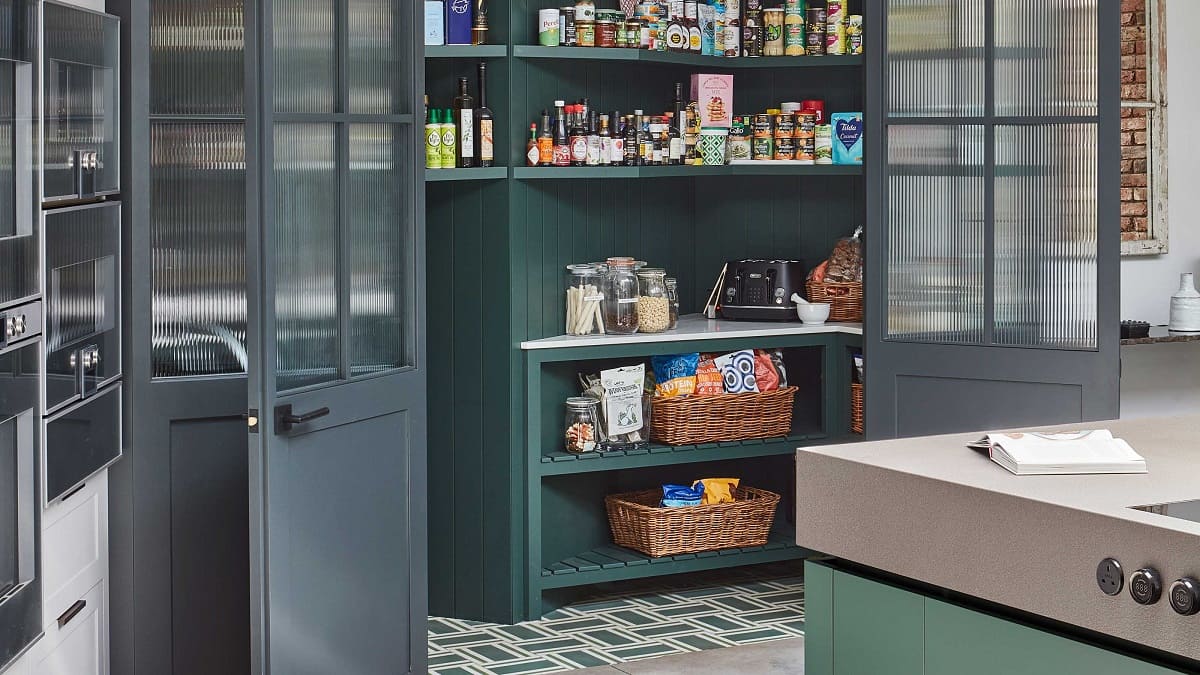
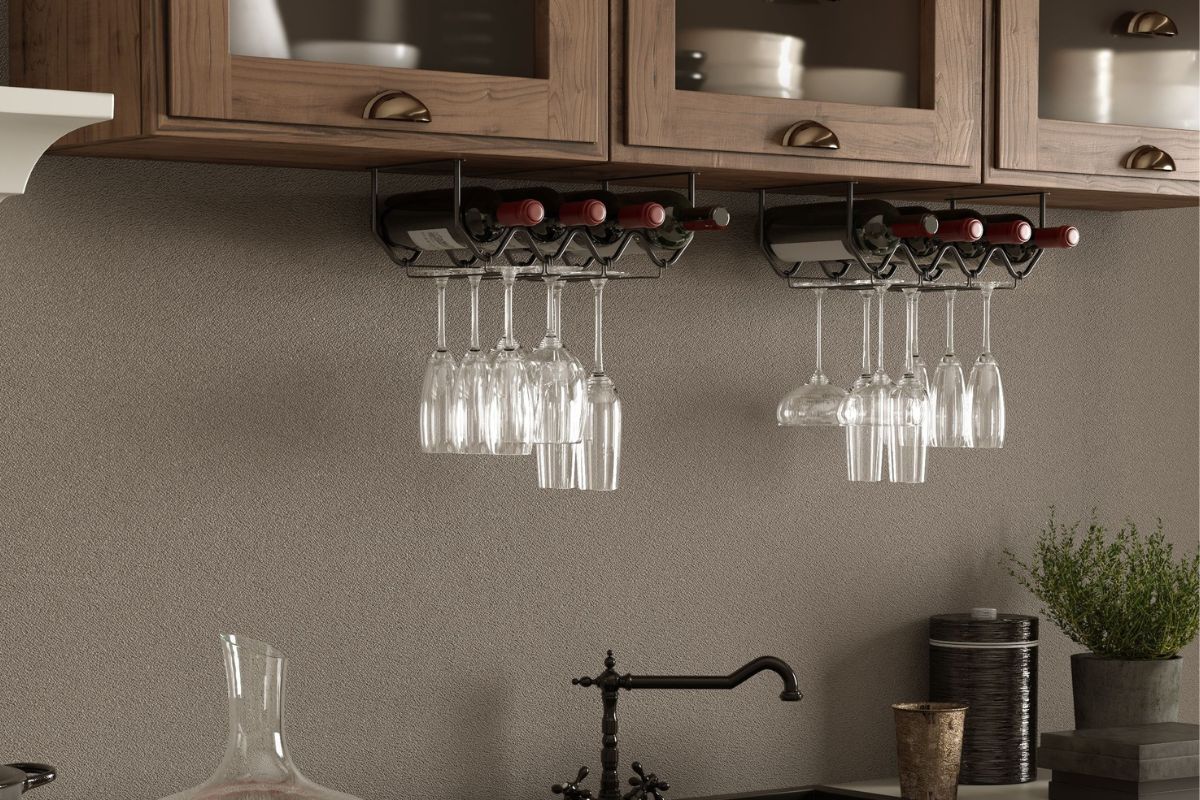
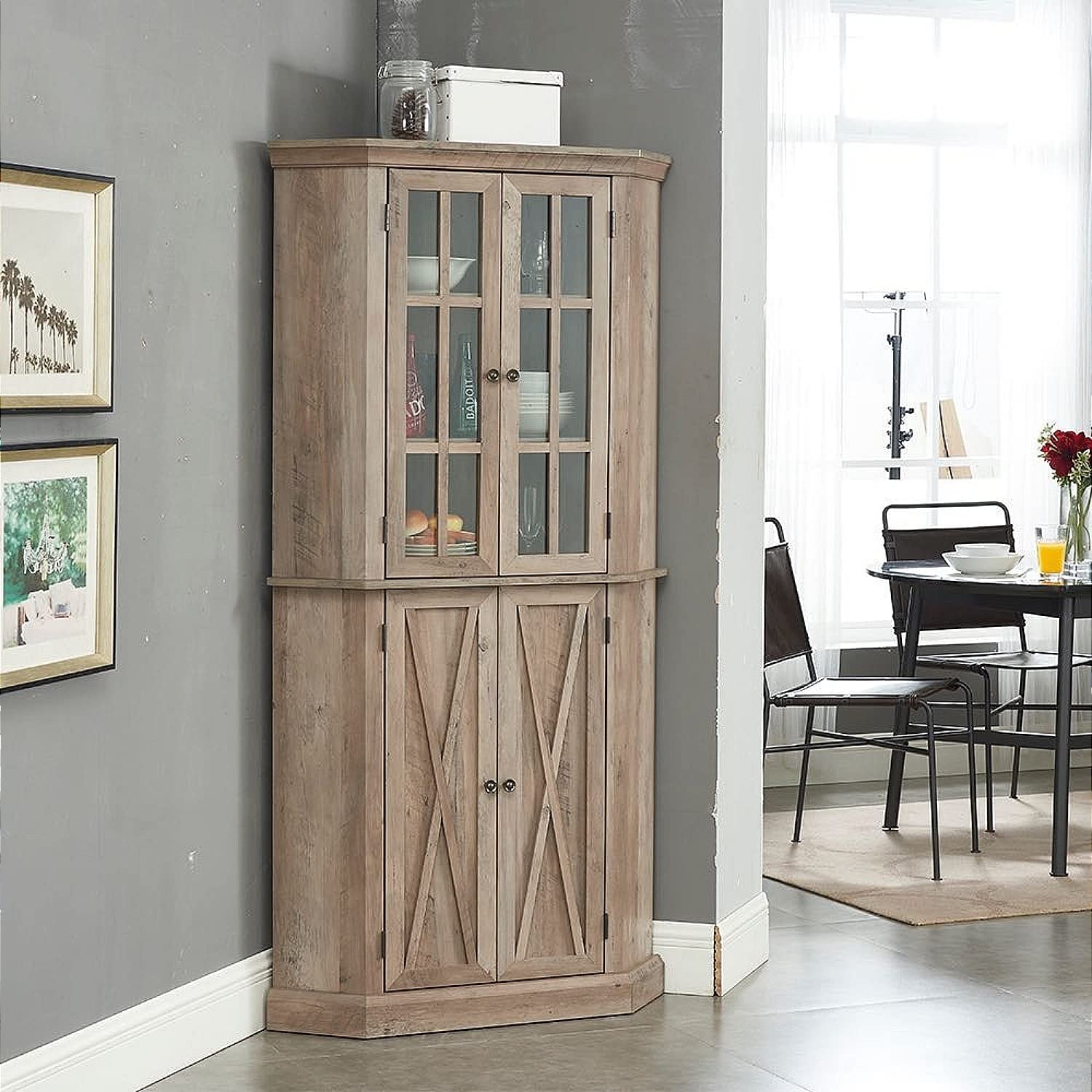

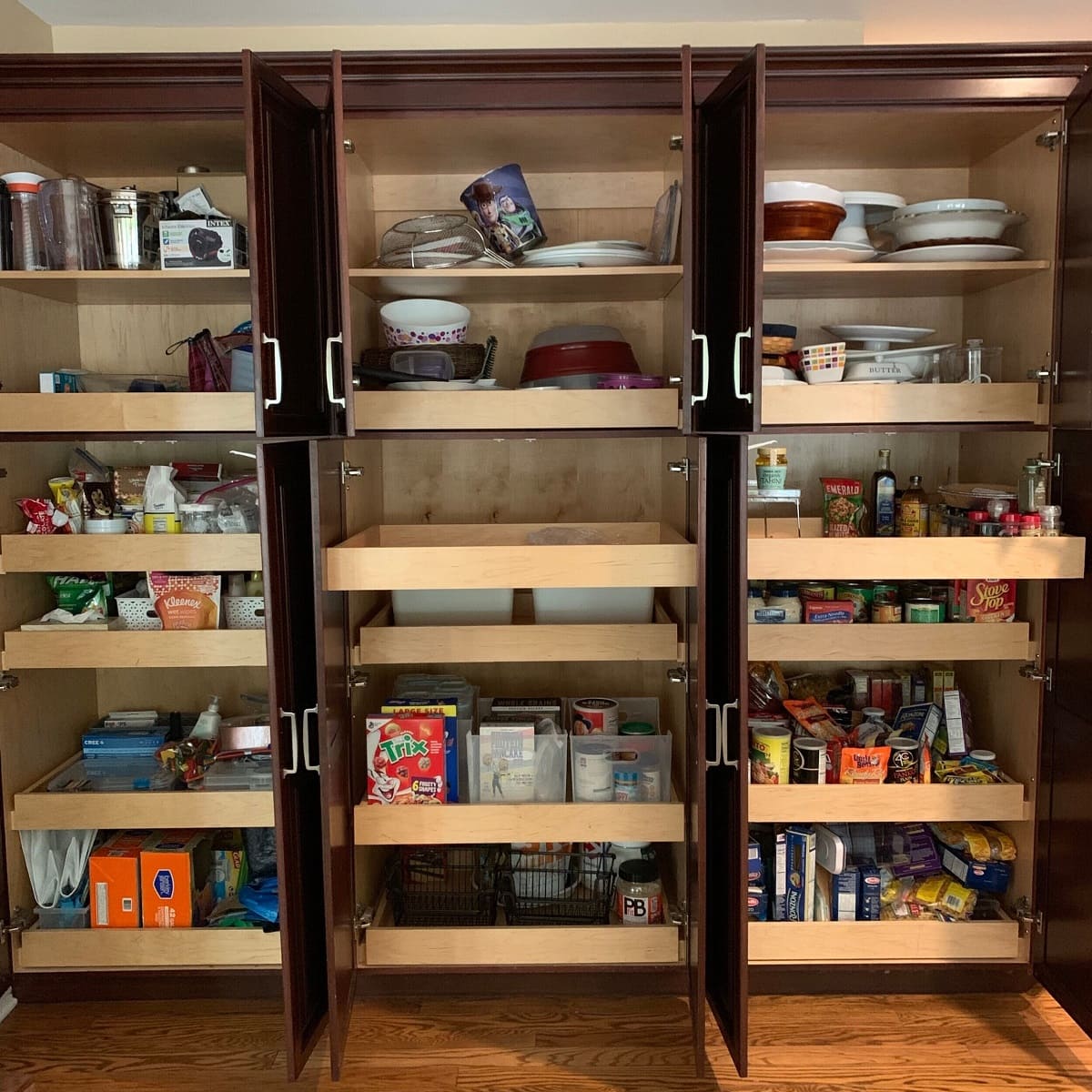
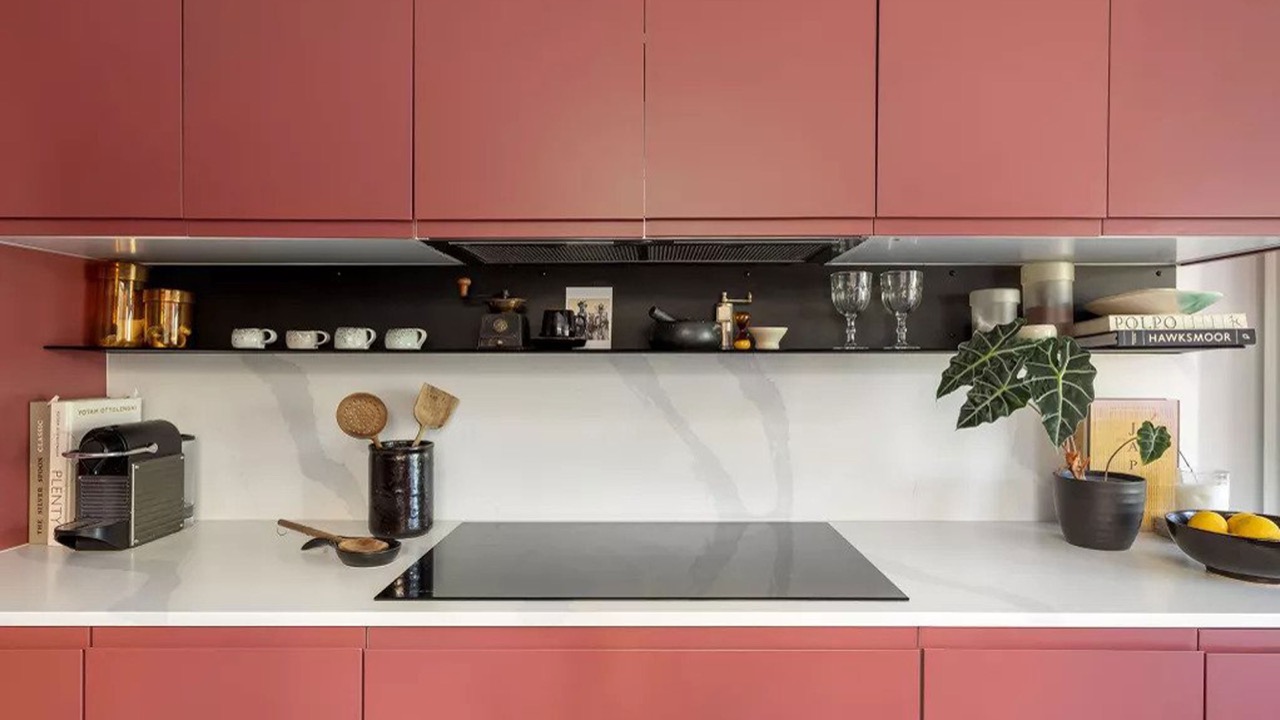
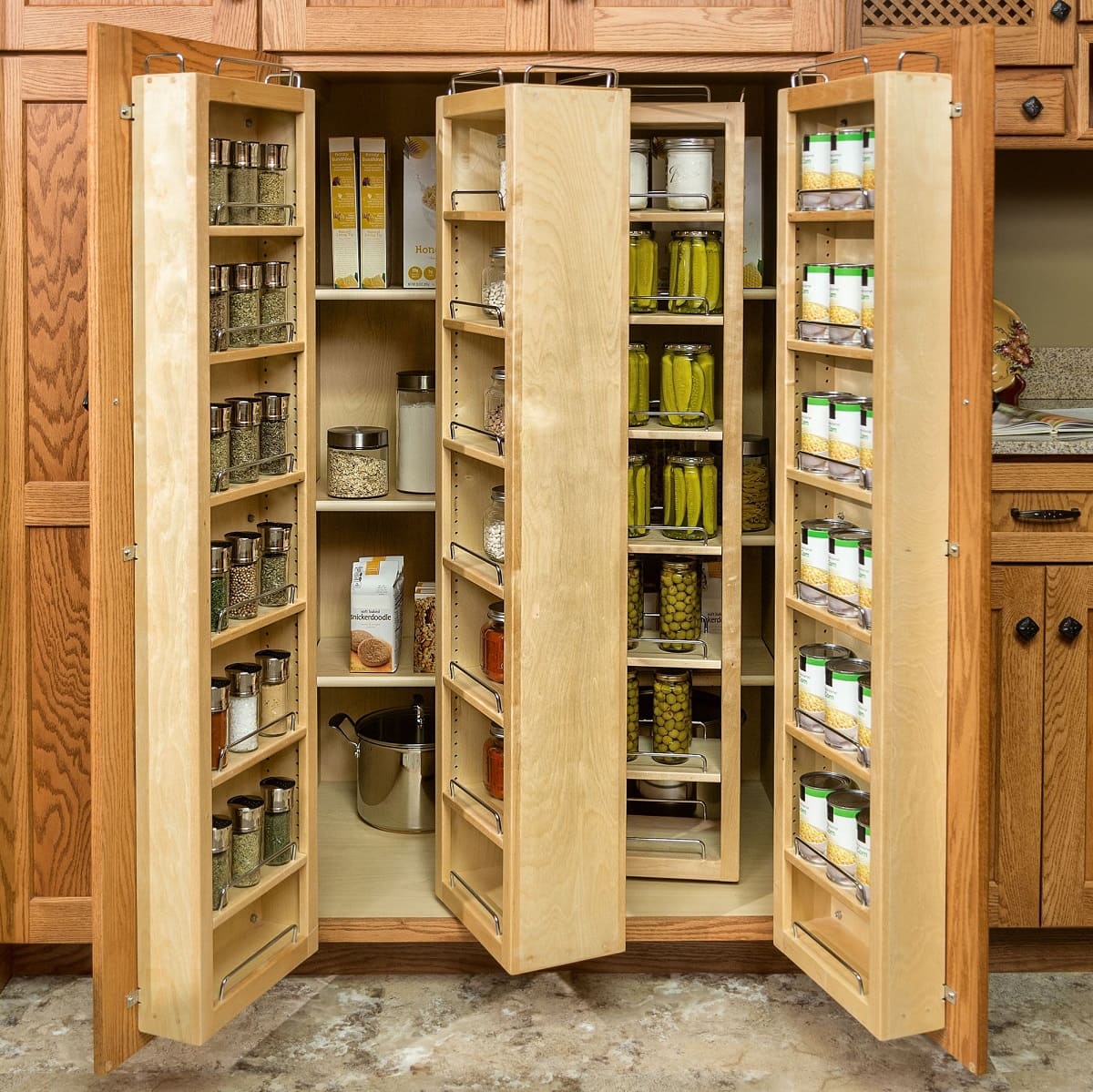
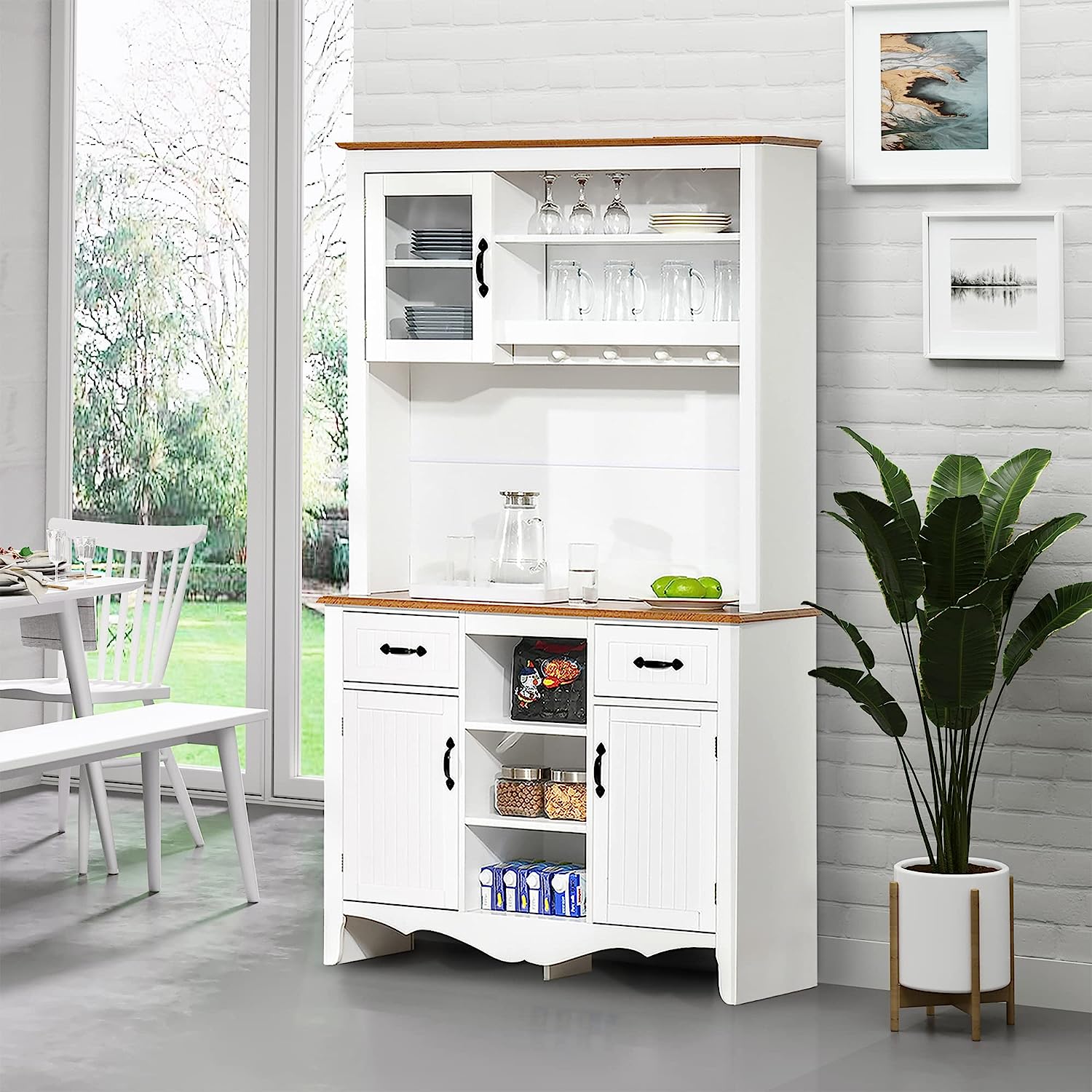
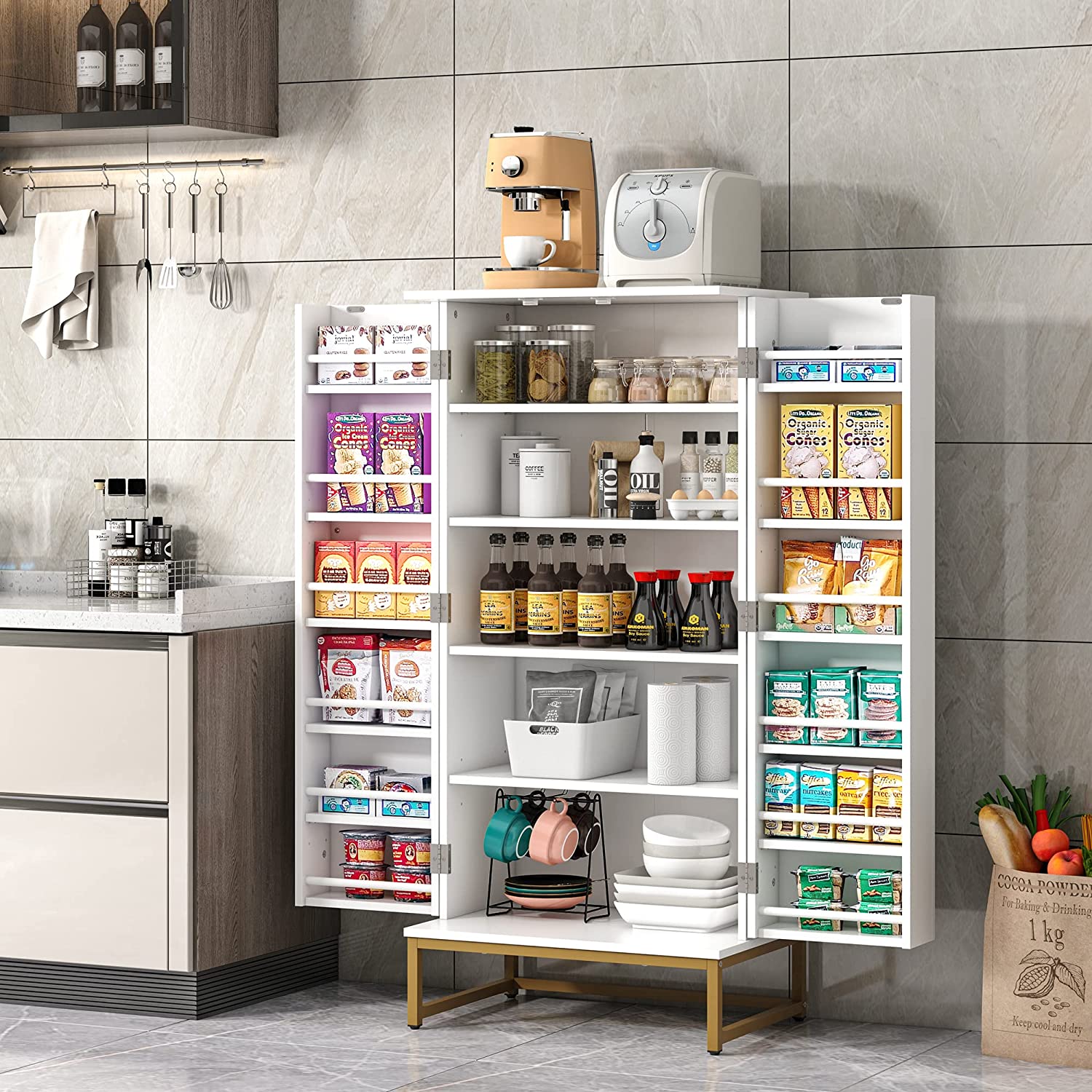
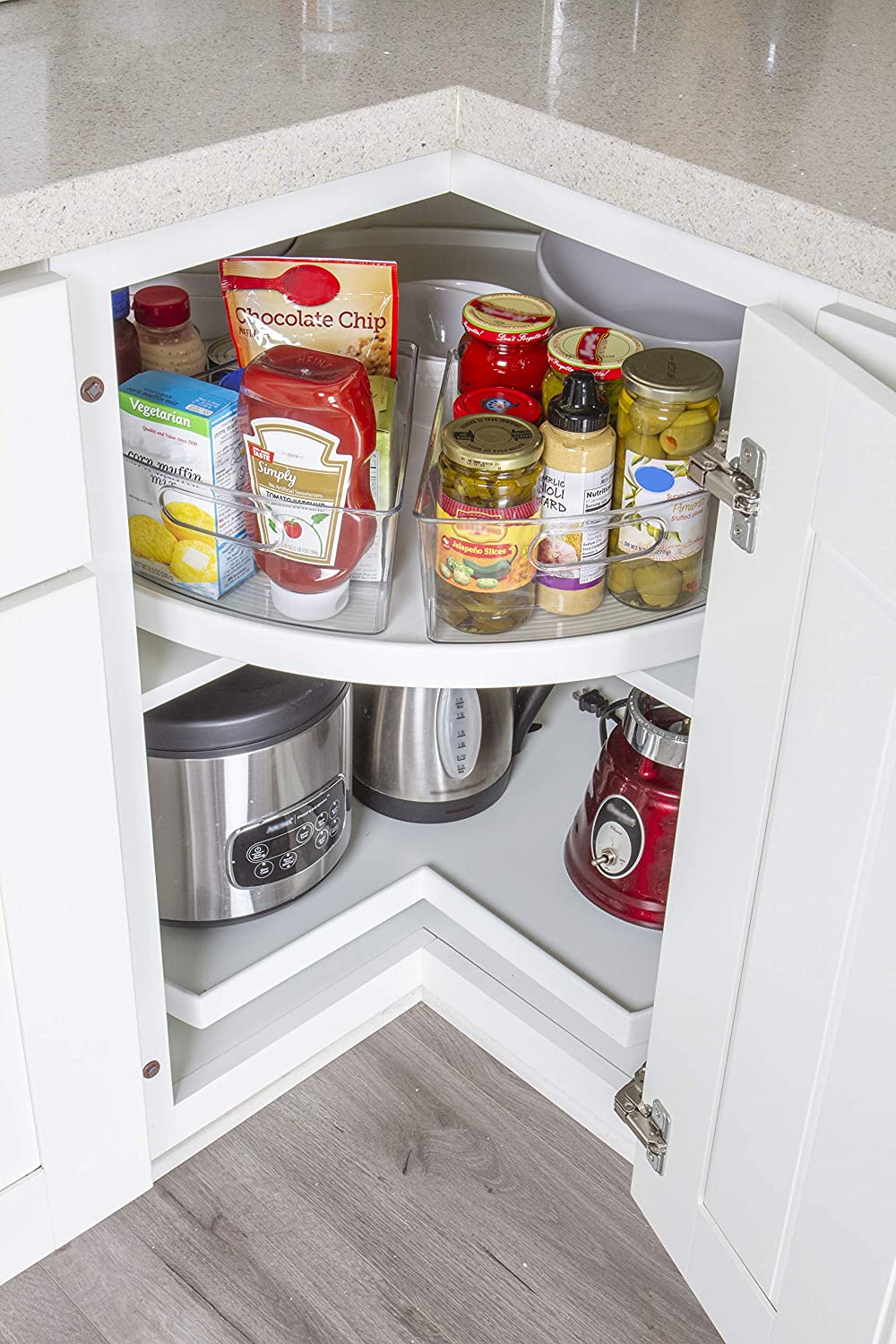

0 thoughts on “How To Organize A Kitchen Cabinet”